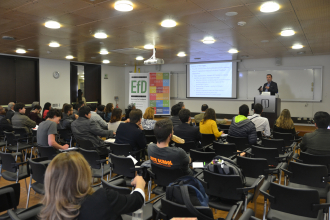Open Access Post-Harvest Grazing and Farmers’ Preference for Forage Production Incentives
Open access post-harvest grazing is widespread in mixed crop-livestock systems. This discourages conservation agriculture, which depends on keeping the soil surface covered with crop residues. One way to reduce open access grazing is through restricting communal grazing access to allow rights of exclusion, while simultaneously improving the production of livestock feeds.


